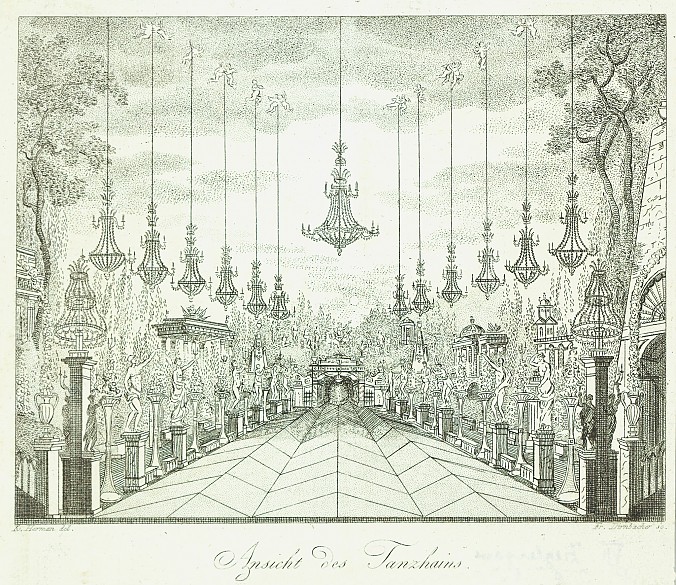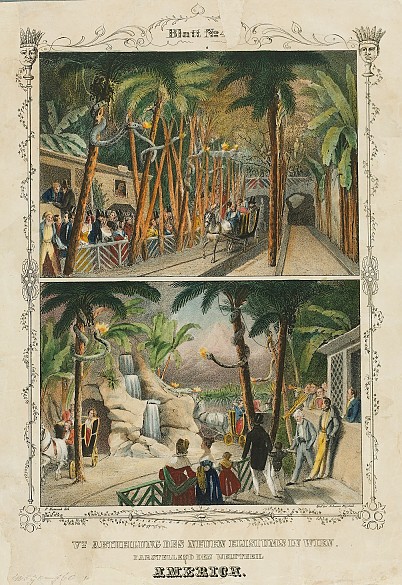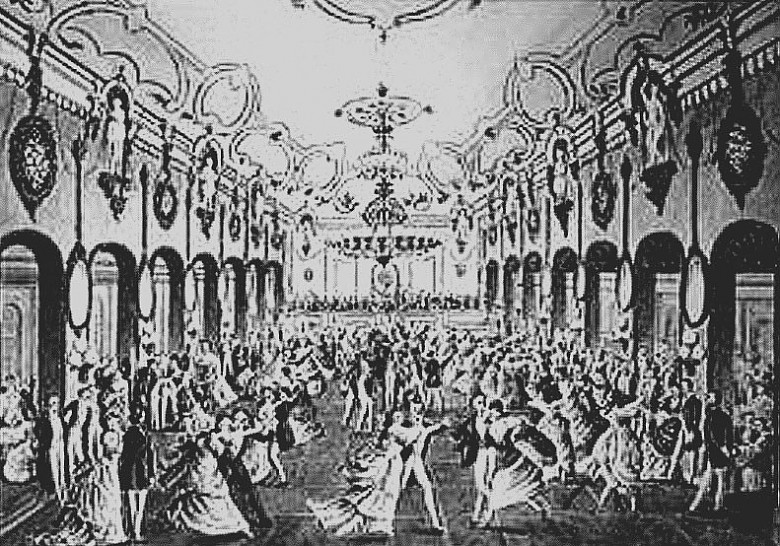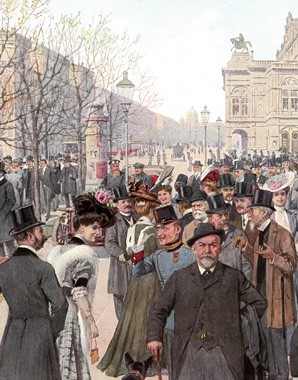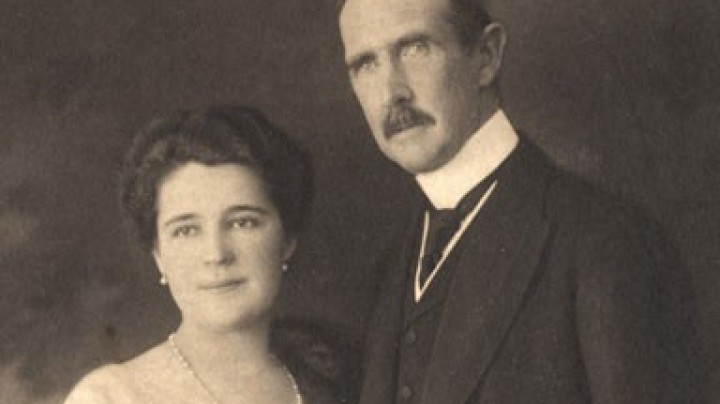The Biedermeier mania for dancing
A veritable mania for dancing seized the Viennese population during the Biedermeier era: dance halls accommodating several thousand were opened and regular dances were held.
Traditionally religious feasts such as Christmas had been celebrated in larger social groupings or institutions such as the Church, the guilds or workshops. Maria Theresa reduced the number of religious holidays. The trades that had been organized in guilds were increasingly replaced by manufactories, there was a growing separation between workplace and domestic living space, and traditional bonds within the community started to loosen. As a result, these feasts began to be celebrated within the family circle. Many underprivileged people such as journeymen or female servants, who were not able to set up a family for economic and legal reasons, now for the first time had a modicum of leisure time at their disposal which they could spend according to their inclinations. They became the ‘consumers’ in the newly-established places of entertainment.
In the suburbs, resourceful entrepreneurs founded large-scale places of entertainment during the 1830s for the diversion of the increasingly ‘entertainment-addicted’ population: the Tivoli in Meidling, Dommayer’s Casino in Hietzing and the Sophiensäle dance hall, originally a bathing establishment. Magical pleasure domes were built: the Apollosaal in the suburb of Schottenfeld had artificial lakes with swans and waterfalls, and in the Neues Elysium on Johannesgasse one could embark in a horse-drawn railway on a voyage around the world, passing through five rooms decorated as the different continents. The ever larger and more spectacular establishments were however no longer visited by all classes, as a majority of the Viennese population could not afford such pleasures. In the Ringstrasse era the ballrooms were a centre of attraction for the middle classes.
